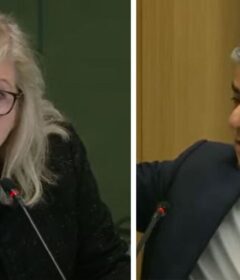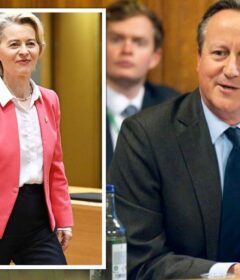Covid-19 Delta outbreak: PM Jacinda Ardern rejected science and health experts’ plea for Māori vax target
Dozens of public health experts and scientists implored the Prime Minister to set specific vaccine targets to protect the most vulnerable – including Māori – before moving away from alert level lockdowns.
But Jacinda Ardern rejected this, opting instead for a $120 million fund to boost Māori vaccination rates, and scrapping alert levels when 90 per cent of eligible people are fully vaccinated in every DHB.
They also said that Auckland was unlikely to see the Green setting in the new traffic light system (TLS) for the foreseeable future, given how prevalent the virus has become.
Their views are contained in published minutes of a meeting that took place eight days before Ardern unveiled the new system.
“The overall success of the response will be defined by the extent to which it is able to prevent cases and wider impacts for Māori and Pacific populations,” the experts said in the meeting’s minutes.
“The group was unanimous that the shift to TLS should not take place until we reach at least 90 per cent vaccine coverage, including for Māori and other vulnerable groups.
“There was agreement that a target that considers only the overall population’s coverage was not appropriate. Many participants backed an aspirational target be set for those groups, e.g. 95 per cent of the over 12s.”
The absence of such targets would leave pockets of unvaccinated communities that the virus could rip through, exacerbating “entrenched inequities”.
Auckland could move into the TLS system first, if and when all three of its DHBs hit the 90 per cent target.
But that would still see about 140,000 eligible people who aren’t fully vaccinated, as well as about 300,000 unvaccinated children under 12.
Among them, young Māori would be disproportionately represented; earlier this week, only 37 per cent of Māori in Auckland aged 12 to 34 – and 30 per cent nationwide – had received two doses of the vaccine.
“The wider group, and Māori colleagues in particular, are disappointed and frustrated at the lack of codesign of the TLS,” the minutes said.
It should be “te Tiriti-based with an explicit goal to save Māori lives” and “must include Māori and Pacific leadership, and this leadership must be more visible in every forum”.
Some Cabinet ministers are understood to have pushed for a specific vaccination target for Māori, and Ardern said on Friday that iwi leaders’ pleas for a 95 per cent target was considered.
“What we’ve tried to balance here is both the need for geographic spread but also to lift equity in our vaccination rates,” Ardern said.
“You cannot get good vaccination rates in Northland unless you are lifting Māori. I’d say the same in Tairāwhiti.”
She also talked about the need to balance protecting the unvaccinated with “giving movement back” to those who have done what was asked of them and are fully vaccinated.
Ardern has also said a move to Red would help contain outbreaks and protect the health system from being overwhelmed. Localised lockdowns could also be used in communities with low vaccination rates.
On the TLS itself, the group’s initial reaction was that “restrictions were not tight enough at any level, and that a move to Green would not be possible in Auckland, or anywhere with active cases, in the foreseeable future”.
They said regional travel restrictions should still be a part of the TLS, and it remains unclear whether that is the case.
Ardern said on Friday that hard boundaries such as the one around Auckland wouldn’t be needed under the new framework because enough of each region’s populations will be fully vaccinated.
But the Government’s Covid-19 website says that “regional boundary restrictions will apply” under Red.
A spokeswoman for Ardern said such restrictions wouldn’t be like the current Auckland boundary, and further work was still being carried out.
The group also raised concerns about workforce fatigue and capacity constraints, noting recent resignations from Auckland Regional Public Health Service.
“This will inevitably affect the effectiveness of testing, contact tracing, case management and healthcare as the numbers of cases increase.”
Covid-19 Response Minister Chris Hipkins said on Wednesday he was “acutely aware” of such workforce challenges.
Additional contact tracing staff and nurses have been brought to Auckland, and testing swabs are being flown around the country to alleviate demand on Auckland labs.
“ARPHS are under sustained pressure and have been for some months now. We are trying to alleviate some of the pressure.”
The Herald previously reported the expert group’s criticisms of the TLS, which was confirmed in the minutes.
Those who took part in the meeting included members of Auckland’s public health team, as well as microbiologist Dr Siouxsie Wiles, developmental paediatrician Dr Jin Russell, Māori GP Rawiri Jansen, Auckland University Associate Professor Collin Tukuitonga, Covid-19 modeller Professor Shaun Hendy, epidemiologists Sir David Skegg, Professor Michael Baker, and Dr Rod Jackson.
Source: Read Full Article
/cloudfront-ap-southeast-2.images.arcpublishing.com/nzme/M5ZFL723NXMIJ7SOHYO56G2X3A.jpg)


